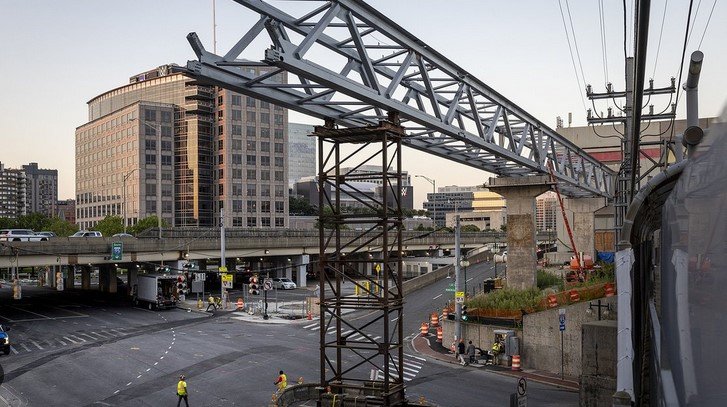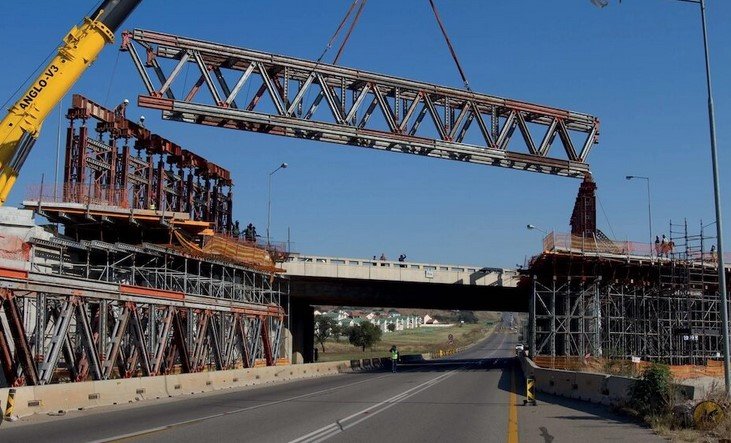Major infrastructure projects are transformative undertakings that can significantly impact local, regional, and national economies. From improving transportation networks to enhancing public utilities, these projects shape the economic landscape by influencing business activities, job creation, and overall economic development. This post explores the economic impacts of major infrastructure projects, highlighting their benefits and potential challenges.

Boosting Economic Growth
Job Creation and Employment Opportunities
One of the most immediate economic impacts of major infrastructure projects is job creation. Large-scale projects, such as building highways, bridges, or public transit systems, require a diverse range of skilled and unskilled labor. Construction jobs, engineering roles, and administrative positions all contribute to local employment opportunities. Moreover, the increased demand for materials and services can spur additional job creation in related industries, amplifying the economic benefits.
Stimulating Local Business Activity
Infrastructure projects can stimulate local business activity by improving accessibility and connectivity. For instance, constructing new roads or expanding public transit can enhance access to commercial areas, encouraging consumer traffic and boosting retail and service industries. Additionally, infrastructure improvements can attract new businesses and investments, further driving economic growth in the region.
Enhancing Economic Efficiency
Reducing Transportation Costs
Infrastructure projects that improve transportation networks can lead to significant cost savings for businesses and consumers. Upgraded roads, efficient public transit systems, and modernized ports can reduce transportation costs, streamline logistics, and decrease delivery times. These efficiencies contribute to lower operating costs for businesses, which can translate into reduced prices for consumers and increased competitiveness in the market.
Increasing Property Values
Investments in infrastructure often lead to increased property values. Improved transportation links, enhanced public amenities, and better overall neighborhood conditions make areas more attractive to potential buyers and investors. As property values rise, local governments can benefit from higher property taxes, which can be reinvested into further community development and services.
Supporting Long-Term Economic Development
Attracting Investments
Major infrastructure projects can play a crucial role in attracting both domestic and foreign investments. Infrastructure improvements create a favorable environment for businesses by providing essential services and reducing operational barriers. Areas with advanced infrastructure are often seen as more attractive locations for investment, which can lead to sustained economic growth and development.
Fostering Innovation and Competitiveness
Modern infrastructure supports innovation and competitiveness by providing businesses with the tools and resources needed to thrive. For example, high-speed internet networks and state-of-the-art research facilities enable companies to develop new technologies and stay ahead of industry trends. By fostering a competitive environment, infrastructure projects contribute to economic advancement and technological progress.
Challenges and Considerations
Cost and Budget Overruns
One of the challenges associated with major infrastructure projects is managing costs and avoiding budget overruns. Large-scale projects can be expensive and complex, often facing unforeseen issues that lead to increased expenses. Effective planning, budgeting, and project management are essential to mitigate these risks and ensure that the economic benefits outweigh the costs.
Displacement and Community Impact
Major developments projects can sometimes lead to the displacement of communities or affect local residents. For instance, constructing new highways or industrial zones may require relocating families or disrupting established neighborhoods. Addressing these issues with sensitivity and providing adequate support to affected communities is crucial for minimizing negative social impacts.
Conclusion: The Broader Economic Impact
Major infrastructure projects have a profound impact on economic development by creating jobs, boosting business activity, and enhancing efficiency. While there are challenges to manage, the long-term benefits of improved infrastructure can drive sustainable economic growth and innovation. By carefully planning and executing these projects, communities and governments can harness their full potential and contribute to a thriving economy.




